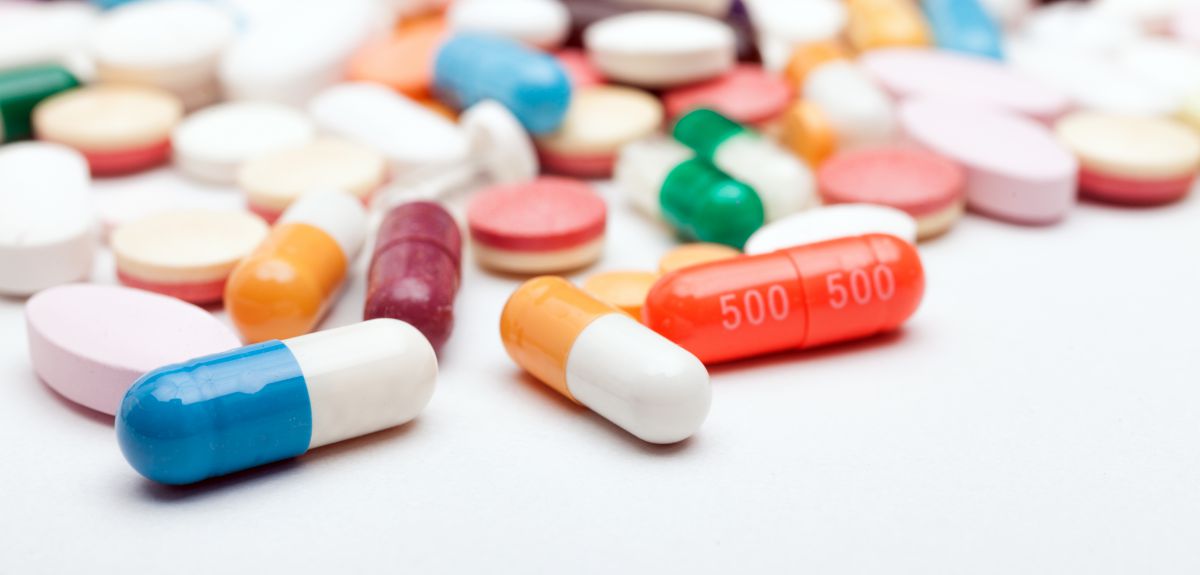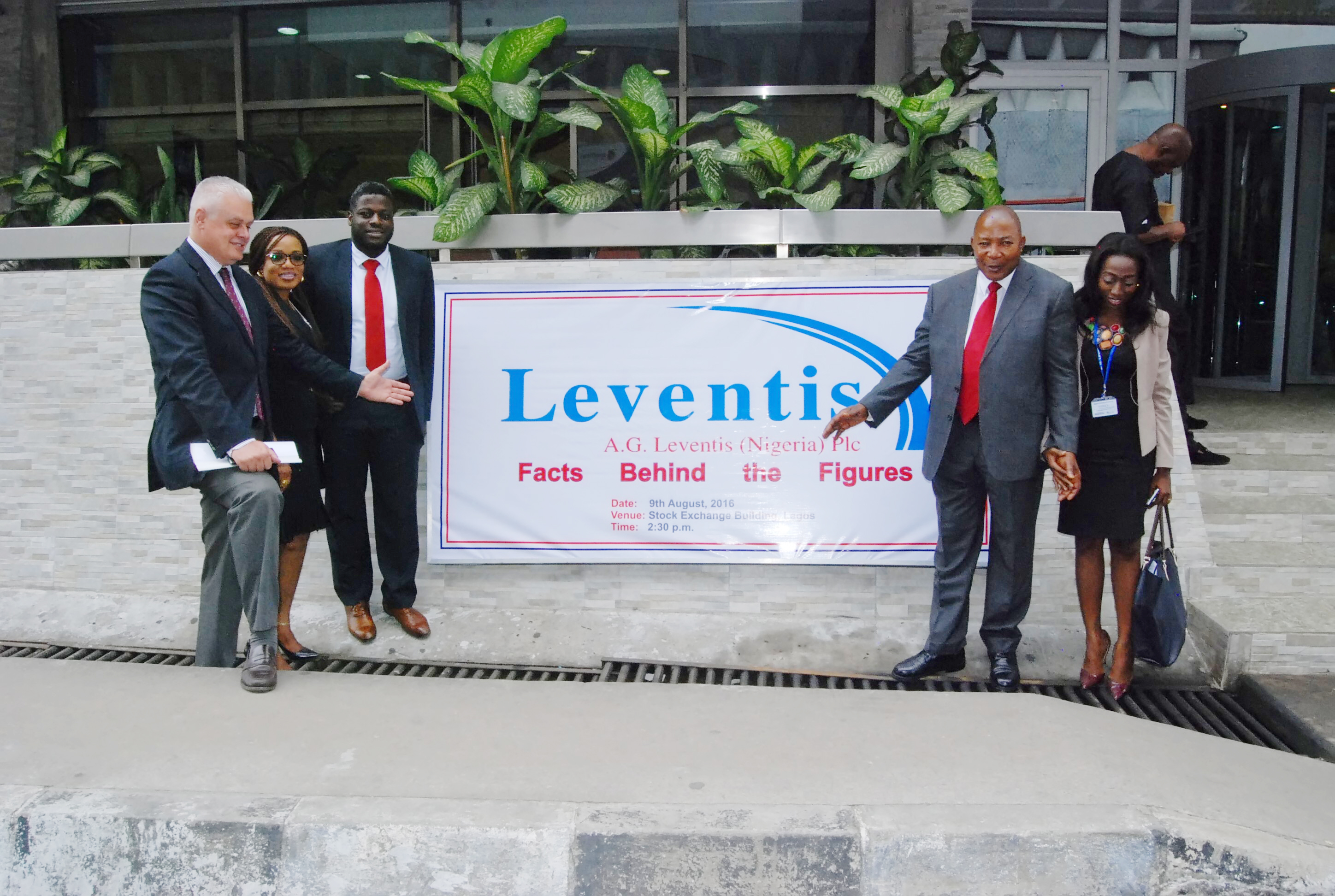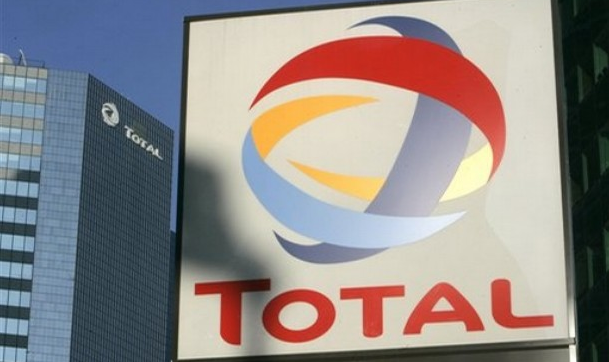Pharmaceutical companies are pushing their way forward through the economic difficulties and the sector looks quite promising to be one of the firsts to get the spur of economic recovery. Nigeria’s large consumer market is able to consume its way out of economic decline and healthcare companies here offer food and medicines that drive the rest of the consumer market.
The companies faced a difficult operating climate in 2016 in which they lost both sales and profit. In 2017, they strengthened revenue and rebuilt profit capacity generally. Competition in the business remains intense and a few operators are still facing the heat. Generally however companies here saw more promising earnings prospects as per last year’s interims than in the preceding year.
Product prices have often held back healthcare companies from selling when cheaper imported drugs are available. The substantial depreciation of the naira in 2016 has however hiked prices across the board. The result is that imported drugs are no longer cheap and consumers appear to be returning to locally made drugs.
Diversification into other areas of operations is also helping the improving earnings outlook in the pharmaceuticals. The result is that sales revenues are picking up and increased prices have permitted some improvements in profit margin.
Advertisement
Pharmaceutical companies are therefore likely to strengthen sales revenue performance and with improving profit margin, they are quite hopeful of strong profit rebounds from 2017 operations.
Fidson Healthcare
Fidson Healthcare experienced a lifting up in earnings in 2017 after a casting down in the preceding year. A big turnaround has happened in the interim reports for the pharmaceuticals company, which is set to multiply the earnings figures it posted in 2016. At over N10 billion, sales revenue at the end of the third quarter had far exceeded the 2016 full year figure and after tax profit had multiplied about nine times the corresponding figure for 2016.
Advertisement
A rebound in sales revenue after a decline in the preceding year was the driving force of the company’s recovery in 2017. Sales revenue dropped for the second year in 2016 but the company is expected to establish a new peak in revenue at over N13 billion for 2017.
Costs have slowed down generally relative to revenue and that lifted profit margin and enlarged the company’s profit capacity at the end of September. Two major cost elements led the cost moderation, which are finance and administrative expenses. Cost of sales grew ahead of sales revenue but gross profit still rose by over 119%.
Net profit margin expanded from 1.8% in the same period in 2016 to 7.1% at the end of September 2017. The enhanced profit capacity has positioned the company to lift after tax profit from a drop of 57% to N317 million at the end of 2016 to a new peak in 2017. At N730 million, after tax profit stood a clear 128% above the 2016 full year figure at the end of the third quarter operations in 2017.
May & Baker
Advertisement
May & Baker grew sales revenue at the end of 2016, which helped it to reduce its loss figure in the year. The company maintained revenue growth at the end of the third quarter in 2017 and succeeded in improving profit capacity.
Stable growth in sales revenue is expected to have been maintained to full year and a big return to profit is anticipated for the company in the just concluded 2017 financial year. There was some cost saving on cost of sales and that enabled the company to raise gross profit well ahead of sales at the end of September.
A moderation in administrative cost permitted an increase of 58% in operating profit over the review period. An improvement in investment income moderated an increased incursion of interest expenses on revenue.
Net profit margin improved from 0.7% to 3.2% year-on-year for May & Baker at the end of September 2017. Based on the third quarter performance, the company is expected to close the 2017 financial year with after tax profit of over N290 million.
Advertisement
GlaxoSmithKline Consumer
GlaxoSmithKline Consumer, the industry leader, is out of alignment with the upturn in the healthcare sector. The company saw a moderate improvement in sales revenue at N11.48 billion at the end of the third quarter after it lost more than one-half of turnover in the preceding year. Sales revenue is expected to remain significantly down for the company from the 2015 peak and the bottom line may close in the red for 2017.
Advertisement
Profit from the core business of the company has been going down since 2014 but a tax credit plus profit from disposal of drinks business line contributed virtually the entire profit in 2016. That enabled the company to establish a new profit high at N4.2 billion in 2016 and gave a semblance of a big turnaround.
The company lost the marginal profit it earned in the second quarter and ended up with a loss of N652 million at the end of last September. A loss position looks likely for GlaxoSmithKline Consumer from the 2017 operations.
Advertisement
Cost of sales remains high at 81% of sales revenue at the end of the third quarter, which hindered gross profit. Despite a robust growth in investment income, net revenue was insufficient to meet selling/distribution and administrative expenses at the end of the third quarter.
Advertisement
Add a comment







